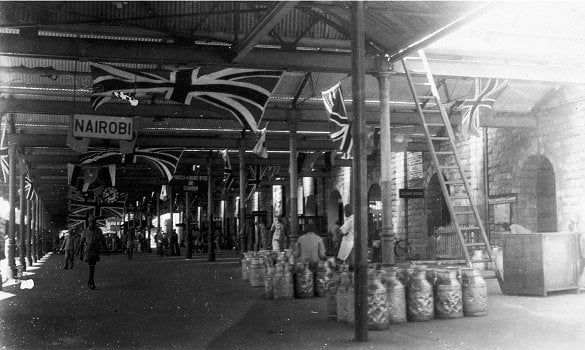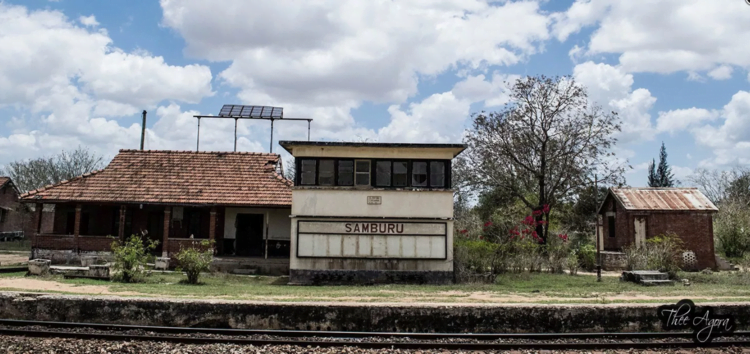This blog is partially transcribed from Anna Rose Kerr’s podcast British Subjects, which tells the stories of 52 immigrants from Commonwealth countries. Our co-founder Tayiana Chao was recently a guest on Anna’s podcast, and spoke about the Museum, as well as her work documenting the remains of the Uganda-Kenya Railway. Read more below, and listen to British Subjects on iTunes or Spotify.
Growing up in a former British colony, you are always very aware of what the British have brought or taken away from the country you live in. In Kenya, one of the most obvious signs of British rule is the railroads.
In the late 1890s, there were reports in the German press that the Germans had already claimed Uganda. This was fuel to the British fire in the ‘Scramble for Africa’, and to prevent the Germans from blocking the source of the Nile, they had to secure Kenya in order to reach the landlocked Uganda. And for their munitions and supplies to reach Uganda, they had to build a railway.
This railway was known as the Uganda Railway, despite most of it being in Kenya. Within the question of affordability and finances was the question of labour. The British brought in close to 35,000 labourers from India to work on the railway, being that it was much cheaper than using European labour. They had also previously built railways in India, and so communities there knew more about the process of railway building than the indigenous communities within Kenya. It was a way to get cheap, fast, and skilled labour – but this resulted in 35,000 people coming somewhere completely unfamiliar, with a climate that is completely different, to build a railway in the worst conditions.

Nairobi Railway Station in 1946, during 50th anniversary celebrations of the Uganda Railway (Photo source)
There is a famous story about the ‘Tsavo Man-Eaters’, a pair of lions that lived in the Tsavo desert, a couple of miles from the Kenyan coast. A number of labourers were eaten alive by these lions because they were camping out in the open. The man-eaters of Tsavo has become one of the most ‘romantic’ stories of the Kenya railway, but I find this very, very disturbing when you look further into the conditions that these men were working in, and why someone who came all the way from India had to suffer a fate like that to build something that had nothing to do with their interests. When you look at it from a perspective of social good… there was none of that. When I was doing my research on the railway, I found that there were labourers who preferred to wander off into the desert and die at night rather than face the day labouring under the sun. They would rather die than face another day.
By the 1970s, the railway began to decline, and by the 2000s, it was not functioning at all. People were dependent on this infrastructure for their income, and after it declined, the buildings were left to rot. No one was taking care of them, and they were locked down. It was really telling of how much of our own perspectives we are keen to erase or we don’t see, and so in 2015, I started a project called Save The Railway, to document the railway stations in Kenya that were abandoned and left to decay.

Samburu Railway Station, 2015. See more at Save The Railway.
We have 60 years of a railway serving millions of Kenyans, but never being written from their perspective. The history of the railways is always looked at in terms of European or Asian perspectives, with the romanticised lions and carriages and safaris and hunting trips. There is a significant gap in the history of the railway in Kenya which has no recollection whatsoever to what these stations and the infrastructure of the railway meant to the communities. If you look at the map of Kenya, most of the urban centres and towns are along the railway – very few lie outside of the railway buffer zone. I was looking at these stations as not just buildings that were ruined, but also as reminiscent of a lot of work that was put into building Kenya as we know it today.